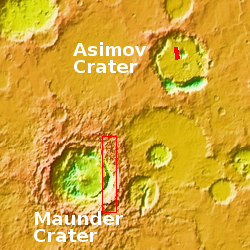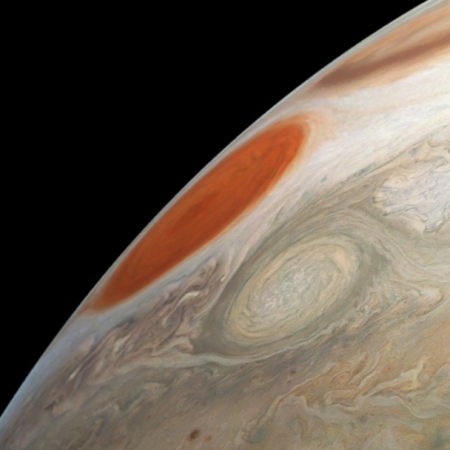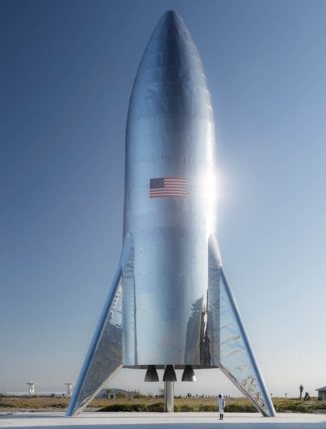Iran rocket fails to place satellite in orbit
The new colonial movement: According to their government sources, Iran today tried and failed to place a Earth imaging satellite into orbit with their Simorgh rocket.
The rocket carrying the Payam satellite failed to reach the “necessary speed” in the third stage of its launch, Telecommunications Minister Mohammad Javad Azari Jahromi said.
Jahromi said the rocket had successfully passed its first and second stages before developing problems in the third. He didn’t elaborate on what caused the rocket failure but promised that Iranian scientists would continue their work.
I wonder how much of a failure this launch is. If they were testing an ICBM capability, then the successful operation of the first and second stages would likely rank this as a success. And even if their main goal wasn’t ICBM testing, in the end they have done so, as they can apply what they learn here to all military missile technology.
Update: You can see video of the launch at this Iranian press story, along with other details about Iran’s space effort. I found the comments there most educational however. Here’s one sample: “Iran needs to use its space technology to fire invincible hyper-sonic missiles from space at the Jews in Israel.” The comments are all not like this, but there are enough to give you a sense of Iran’s social culture.
The new colonial movement: According to their government sources, Iran today tried and failed to place a Earth imaging satellite into orbit with their Simorgh rocket.
The rocket carrying the Payam satellite failed to reach the “necessary speed” in the third stage of its launch, Telecommunications Minister Mohammad Javad Azari Jahromi said.
Jahromi said the rocket had successfully passed its first and second stages before developing problems in the third. He didn’t elaborate on what caused the rocket failure but promised that Iranian scientists would continue their work.
I wonder how much of a failure this launch is. If they were testing an ICBM capability, then the successful operation of the first and second stages would likely rank this as a success. And even if their main goal wasn’t ICBM testing, in the end they have done so, as they can apply what they learn here to all military missile technology.
Update: You can see video of the launch at this Iranian press story, along with other details about Iran’s space effort. I found the comments there most educational however. Here’s one sample: “Iran needs to use its space technology to fire invincible hyper-sonic missiles from space at the Jews in Israel.” The comments are all not like this, but there are enough to give you a sense of Iran’s social culture.










